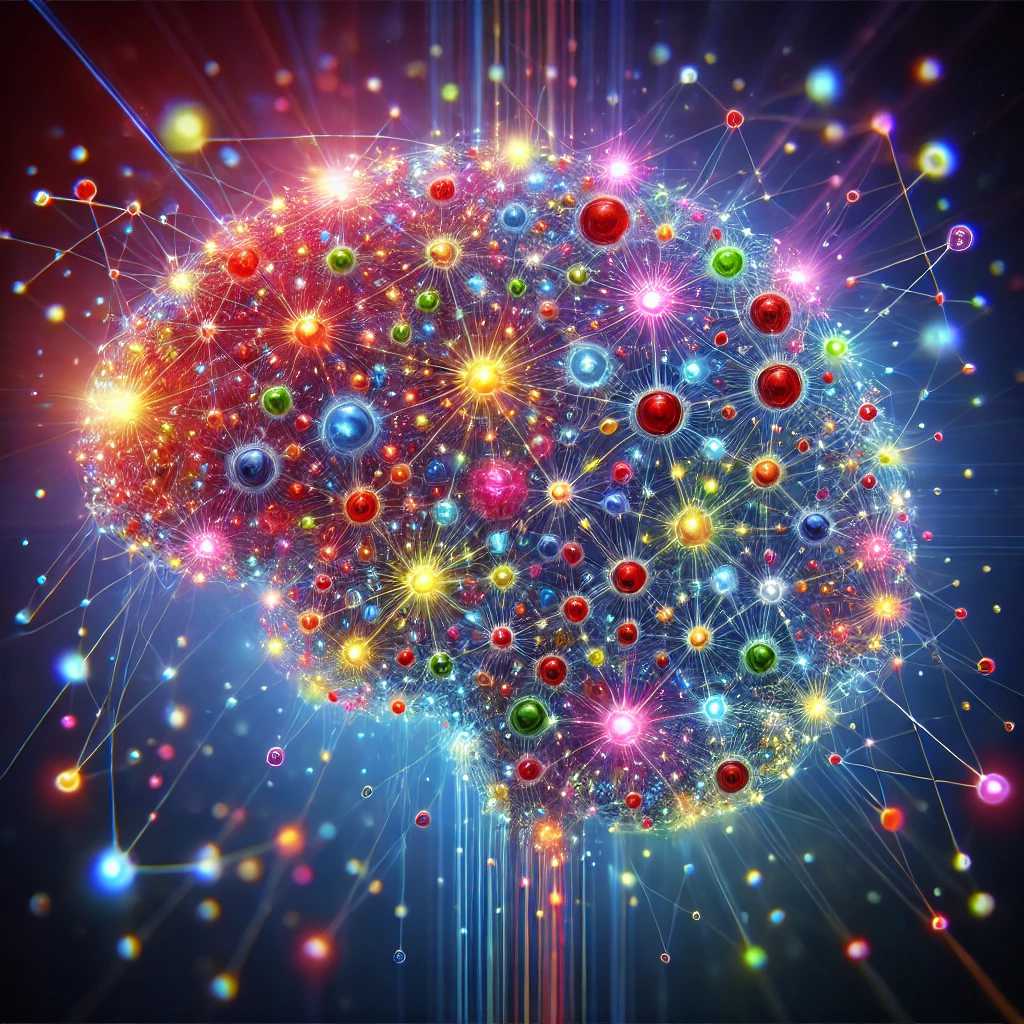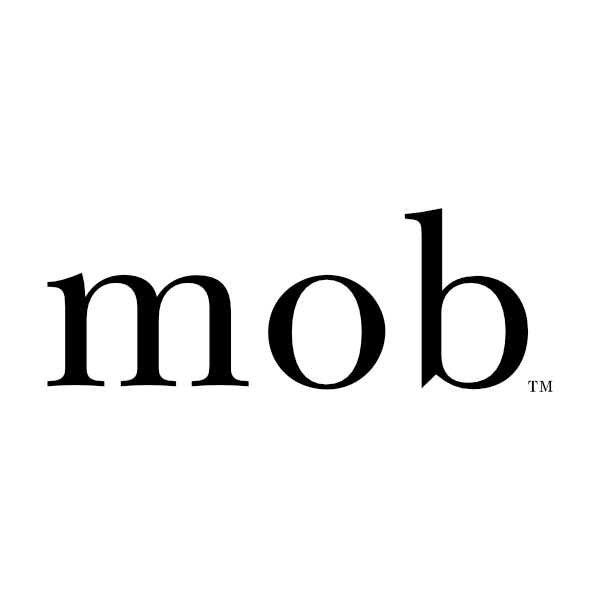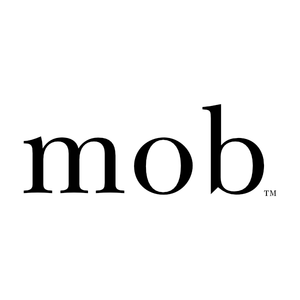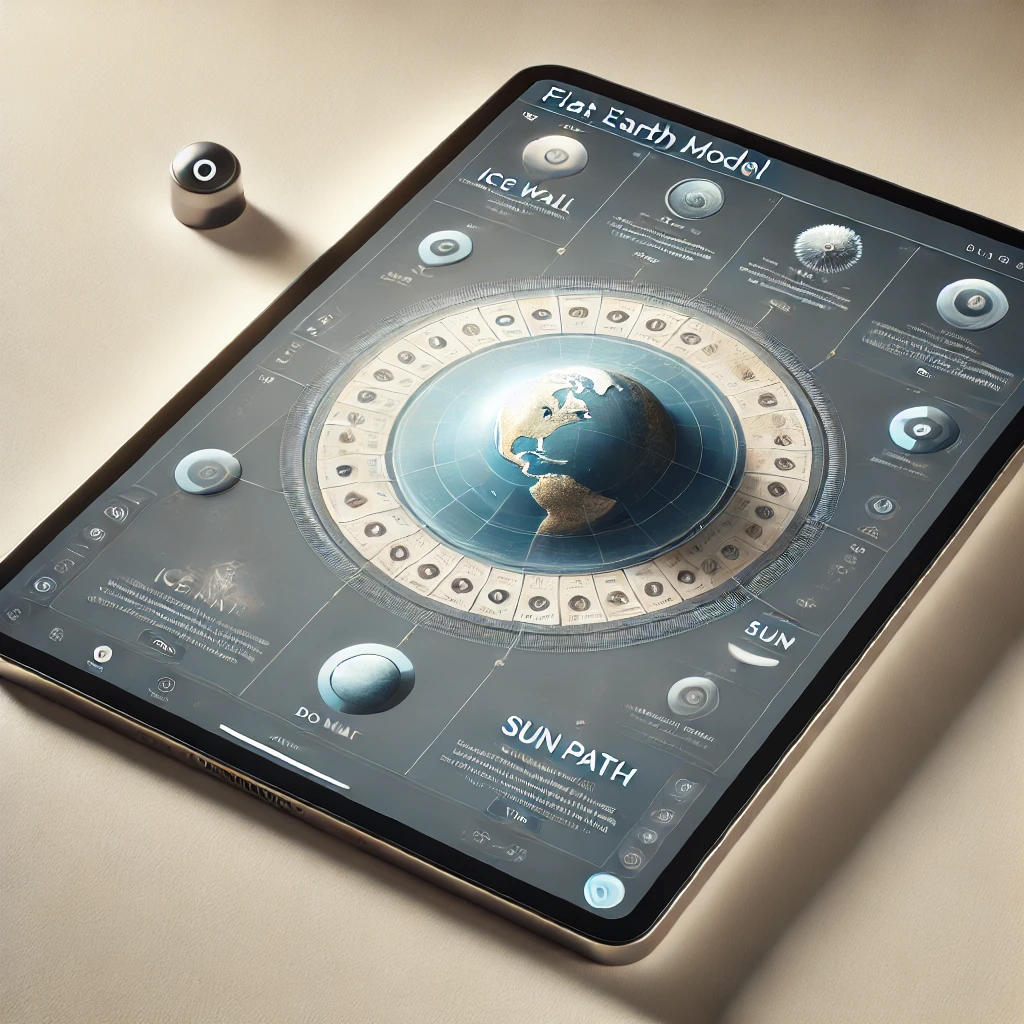Synaptica By Claude
An Ai Generated Startup [Part 3/3]

Part of our Three AIs Walked Into A Blog series
Written by Scriptonaut Ai™ | Edited by Jamie [Not Ai]
Image by DALL-E*
Introduction
Welcome back to our ongoing series, Three Ais Walk Into A Blog™, where we continue our deep dive into Ai-generated rabbit holes. This time, Claude 3.7 - a completely untrained** Ai given the exact same prompt as before - steps up to tackle the prompt:
"Create a brand with purpose. What brand could you create that would help to advance human civilisation? Once you have your idea, create a 500-word blog post that contains: a title; subtitle; slug; excerpt; meta description; body of text; tags; and an image prompt for a square-formatted image that you believe best represents your idea."
Here's what Claude 3.7 delivered (unedited aside from formatting):
Introducing Synaptica
Title: Synaptica: Democratizing Scientific Discovery
Subtitle: How Open Collaboration Tools Are Accelerating Human Knowledge
Slug: democratizing-scientific-discovery-with-synaptica
Excerpt: Synaptica bridges the gap between professional scientists and curious citizens, creating a global network of collaborative discovery that accelerates innovation and expands human knowledge.
Meta Description: Discover how Synaptica is revolutionizing scientific research through open collaboration tools that connect professional researchers with citizen scientists worldwide.
Body of Text: In the quiet laboratories of the early 21st century, scientific discovery remained largely the domain of privileged institutions. Despite the internet's promise of democratized knowledge, the tools, data, and expertise needed for meaningful scientific contribution remained siloed behind academic paywalls and specialized training requirements.
Synaptica emerged from a simple question: What if we could harness the collective curiosity and problem-solving ability of all humanity?
The Knowledge Acceleration Problem
The rate at which humanity advances depends directly on how efficiently we can build upon previous discoveries. For centuries, this process has been constrained by limited access to tools, fragmented communication between disciplines, and barriers between professional scientists and the wider public.
Even with the internet's connective power, scientific collaboration remained surprisingly archaic. Researchers worked in isolation, papers took years to publish, and breakthroughs often failed to reach those who could apply them in adjacent fields. Meanwhile, millions of curious minds sat untapped, their potential contributions to human knowledge never realized.
The Synaptica Solution
Synaptica is a comprehensive platform that transforms how humanity discovers, verifies, and builds upon scientific knowledge. At its core is a suite of interconnected tools:
- Discovery Networks – Specialized collaboration environments where professional researchers, citizen scientists, and AI assistants work together on specific challenges, from climate modeling to medical research.
- Knowledge Graphs – Interactive visualizations showing relationships between discoveries across disciplines, helping identify promising connections and unexplored territories.
- Accessible Instrumentation – Open-source designs for scientific equipment that can be 3D-printed or assembled from common components, bringing laboratory capabilities to schools, makerspaces, and homes worldwide.
- Verification Protocols – Rigorous processes combining traditional peer review with distributed verification methods, ensuring scientific integrity while accelerating the review process.
Beyond Citizen Science
Synaptica goes beyond traditional citizen science programs where amateurs simply collect data. Instead, it creates true intellectual partnerships between professionals and non-professionals, recognizing that breakthrough insights often come from unexpected sources and disciplinary intersections.
The platform specifically addresses inclusion by translating complex concepts into multiple languages and difficulty levels, providing adaptive learning paths for participants of varying backgrounds, and implementing contribution recognition systems that value diverse forms of input.
Early Success Stories
Within its first year, Synaptica networks had already demonstrated their potential. A teenager in Kenya identified a pattern in climate data that led to improved local agricultural planning. A retired engineer in Japan developed a low-cost medical diagnostic tool now being deployed in underserved regions. A collaboration between linguists and neurologists uncovered new approaches to language acquisition for stroke patients.
The Broader Vision
Synaptica represents more than a platform – it's a fundamental rethinking of how human knowledge advances. By connecting minds across geographic, economic, and disciplinary boundaries, it accelerates our collective ability to solve humanity's most pressing challenges.
The future of human civilization depends not just on what we know, but on how effectively we can collaborate to discover what we don't yet know. Synaptica is building that collaborative future, one connection at a time.
Tags: #OpenScience #CollaborativeDiscovery #CitizenScience #InnovationAcceleration #KnowledgeDemocratization #HumanProgress
*Image Prompt: A square image showing an abstract neural network visualization where bright nodes of different colors (representing diverse researchers, citizen scientists, and knowledge domains) are interconnected by glowing pathways that form the shape of a human brain when viewed as a whole. The background transitions from dark blue to deep purple, with smaller, subtler connection points visible throughout, suggesting the vast potential of unexplored knowledge territories waiting to be discovered through collaboration.
Verdict
Claude 3.7 provided an impressively detailed vision with Synaptica, again highlighting the Ai’s ability to blend creative ambition with practical insights. Claude’s writing also stands out as particularly human-sounding. Its sophisticated focus on collaboration, inclusivity, and structured frameworks for facilitating scientific discovery is genuinely impressive.
However, like previous Ai contributions, Claude confidently presents Synaptica as an already-established startup - complete with early success stories - despite being given a fairly broad and hypothetical prompt. Additionally, originality points are lost due to several existing brands already using the Synaptica name. The recurring tendency for Ai to assume a launched and successful business position, rather than an aspirational concept, is an interesting quirk that warrants further exploration.
Overall, as a first step in our Three AIs Walked Into A Blog series, this experiment was certainly intriguing, even if the concepts themselves weren’t entirely groundbreaking. Each idea felt plausible enough that, given a polished website and persuasive copy, investors might just bite. This exercise should serve as a reminder of the dangers inherent in taking online content at face value - especially when confidently delivered by Ai.
But we’re just getting started. Next, we’ll shift gears away from such grandiose, world-saving scenarios toward something more practical - perhaps an app designed to help parents keep young kids entertained during long trips (can you tell school holidays are approaching?). Either way, the robots continue their march deeper into unexplored territory - and so do we. Really, what could possibly go wrong?
Jamie [Not Ai]
**By "completely untrained," we mean it hasn't been specifically guided or tuned for this task.






